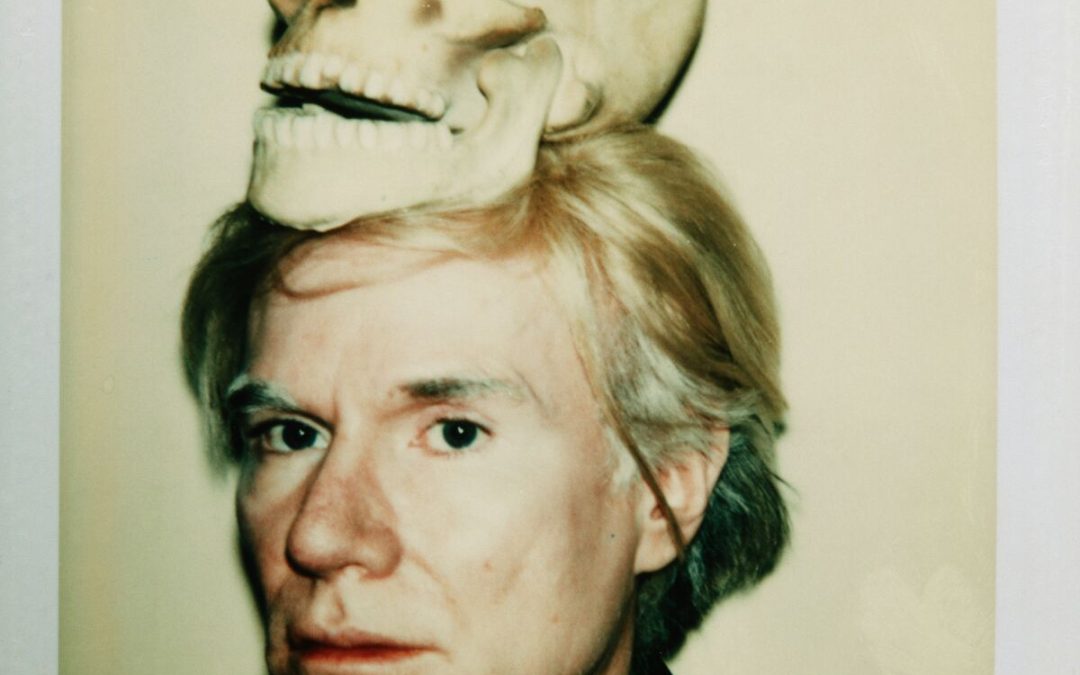Andy Warhol, an iconic figure in the world of art, emerged as a luminary during a period of great cultural transformation. The enigma of his youth laid the foundation for a career that would redefine contemporary art and propel him into the realm of pop culture royalty. Born Andrew Warhola in 1928 in Pittsburgh, Pennsylvania, Warhol’s journey from a working-class immigrant family to the epicenter of artistic innovation shaped the trajectory of his creative genius. In this exploration, we delve into the formative years of Andy Warhol, examining the influences and experiences that shaped the man behind the iconic art.
Early Life and Upbringing:
Growing up in the gritty neighborhoods of Pittsburgh, Warhol’s youth was steeped in the blue-collar ethos of his immigrant parents. His parents, Julia and Andrej Warhola, were Slovakian immigrants striving for the American dream. Warhol’s father worked in a coal mine, and his mother supplemented the family income by working as a cleaning lady. This humble background had a profound impact on Warhol’s perspective, instilling in him a unique appreciation for the everyday struggles of ordinary people.
Warhol’s artistic inclinations manifested early on, encouraged by his mother’s love for drawing and his own battles with illness, which confined him to long periods of bed rest. These early experiences ignited a spark of creativity within him, foreshadowing the eclectic mix of vulnerability and innovation that would define his later works.
Educational Pursuits and Transition to New York:
Warhol’s artistic aspirations led him to study at the Carnegie Institute of Technology (now Carnegie Mellon University) in Pittsburgh. His time at the institute marked the beginning of his formal art education, during which he honed his skills and experimented with various techniques. Post-graduation, Warhol made the bold decision to move to New York City, the epicenter of the art world, in pursuit of a career as a commercial artist.
In the bustling streets of 1950s New York, Warhol immersed himself in the thriving art scene. He found success as a commercial illustrator, working for prestigious clients such as Vogue and Harper’s Bazaar. This phase of his career laid the groundwork for his distinctive style, characterized by bold colors, repetition, and a fascination with consumer culture.
The Birth of Pop Art:
Warhol’s breakthrough came with the rise of pop art, a movement that celebrated mass media, consumerism, and popular culture. Drawing inspiration from the omnipresence of advertising and commercialism, Warhol blurred the lines between high and low art. His iconic Campbell’s Soup Cans and Coca-Cola paintings became emblematic of his ability to elevate everyday objects into the realm of high art.
The Factory and the Cult of Celebrity:
As the 1960s unfolded, Warhol established “The Factory,” a studio that became a hub for avant-garde artists, musicians, and actors. This creative nexus was a breeding ground for experimentation, collaboration, and artistic innovation. Warhol’s fascination with celebrity culture reached its zenith during this period, as he produced his famous portraits of Marilyn Monroe, Elvis Presley, and Elizabeth Taylor.
The enigma of Warhol’s youth was reflected in his fascination with the transient nature of fame and the commodification of identity. His art became a mirror to society’s obsession with image and status, challenging traditional notions of artistic expression.
Exploring Sexuality and Identity:
Warhol’s personal life was a complex tapestry of contradictions and fluid identities. While he maintained a guarded public persona, his art often delved into provocative explorations of sexuality and identity. Works like “Eight Elvises” and “Ladies and Gentlemen” explored themes of gender and queerness, challenging societal norms of the time.
Warhol’s own experiences as a gay man navigating a conservative society informed his art, providing a platform for the marginalized voices of the LGBTQ+ community. In this way, the enigma of his youth continued to shape his work, pushing the boundaries of societal acceptance and challenging the status quo.
Legacy and Impact:
Andy Warhol’s youth laid the groundwork for a career that transcended traditional artistic boundaries. His innovative approach to art, bold experimentation, and willingness to challenge societal norms left an indelible mark on the cultural landscape. The enigma of his youth, rooted in the struggles of a working-class immigrant family, became the driving force behind his relentless pursuit of artistic expression.
As we reflect on Warhol’s enduring influence, it is clear that his legacy extends far beyond the confines of the art world. His ability to capture the zeitgeist of his time, coupled with a relentless pursuit of creative innovation, continues to inspire generations of artists. The enigma of Andy Warhol’s youth, marked by a fusion of vulnerability and audacity, remains an integral part of the narrative that defines one of the most influential figures in modern art.
-
Where and when was Andy Warhol born?
- Andy Warhol was born on August 6, 1928, in Pittsburgh, Pennsylvania, USA.
-
What was Andy Warhol’s birth name?
- Andy Warhol was born as Andrew Warhola.
-
What was Warhol’s family background?
- Warhol came from a working-class Slovakian immigrant family. His father worked in a coal mine, and his mother was a cleaning lady.
-
How did Warhol’s upbringing influence his art?
- Warhol’s humble background instilled in him an appreciation for the struggles of ordinary people, and this perspective later influenced his art, which often portrayed everyday objects and consumer culture.
-
What challenges did Warhol face during his youth?
- Warhol battled illness during his youth, which led to long periods of bed rest. These periods served as a catalyst for his early interest in art.
-
Where did Andy Warhol receive his formal art education?
- Warhol attended the Carnegie Institute of Technology (now Carnegie Mellon University) in Pittsburgh.
-
When did Andy Warhol move to New York City, and why?
- Warhol moved to New York City in the early 1950s to pursue a career as a commercial artist and to immerse himself in the thriving art scene of the time.
-
How did Warhol find success in the art world initially?
- Warhol found success as a commercial illustrator, working for prestigious publications such as Vogue and Harper’s Bazaar.
-
What is “The Factory”?
- “The Factory” was Andy Warhol’s studio in New York City, a gathering place for artists, musicians, and actors. It became a hub for creative experimentation during the 1960s.
-
What is pop art, and how did Warhol contribute to the movement?
- Pop art is an art movement that emerged in the 1950s and celebrated popular culture and consumerism. Warhol played a pivotal role by creating iconic works like the Campbell’s Soup Cans and Coca-Cola paintings.
-
How did Warhol explore themes of celebrity in his art?
- Warhol’s fascination with celebrity culture is evident in his iconic portraits of Marilyn Monroe, Elvis Presley, and Elizabeth Taylor, which became symbols of his exploration of fame and identity.
-
What was Warhol’s approach to sexuality and identity in his art?
- Warhol’s personal experiences as a gay man influenced his art, leading to works that challenged societal norms of gender and sexuality, such as “Ladies and Gentlemen” and “Eight Elvises.”
-
What is Andy Warhol’s lasting legacy?
- Warhol’s legacy extends beyond the art world. His innovative approach, bold experimentation, and willingness to challenge societal norms continue to inspire generations of artists and thinkers.
-
How did the enigma of Andy Warhol’s youth shape his artistic expression?
- The struggles of Warhol’s youth, marked by a working-class background and personal challenges, became a driving force behind his relentless pursuit of artistic expression and experimentation.
-
What impact did Warhol have on the art world and popular culture?
- Andy Warhol is considered one of the most influential figures in modern art, and his impact on popular culture is profound. His art redefined the boundaries of artistic expression and continues to shape contemporary art movements.

